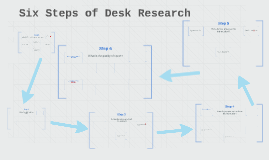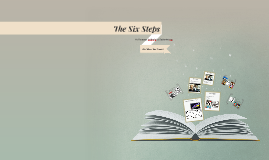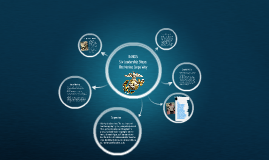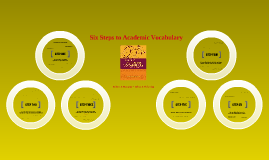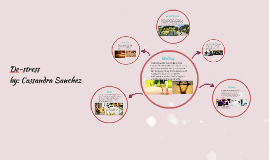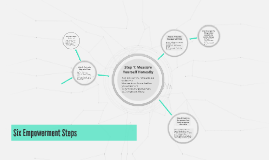Six Steps
Transcript: How the information is used and analysed. Evaluation Layout of the report. Writing a review How is it possible to make a research if one doesn't even have a subject? That's right - it is a task that can not be complete. Because of that at first it is crucial to find a topic that is a) interesting, b) can affect your professional development. Brainstorm Choosing type of sources What is the quality of report? Including spelling and grammar. Quality of the Theoretical Framwork Limit the sources Summarizing Decide what type of documents will be used: professional or scientific. How do you process the information? Quality of research questions and introduction Search method Evaluate different source of information, e.g. databases, search engines, etc. Identify advantages and drawbacks, select best source(s). Sometimes being pragmatical is what makes you finish the work. I believe that if one has no understanding of reason of his work, he will not fulfill his task properly. For this reason ask yourself: 'Why am I doing it? What is the ultimate goal?'. And once you find the point of working, you will be willing to do your best. Six Steps of Desk Research Step 3 The human brain can be compared to a machine, which uses some resources to get a useful output, in our case it is a research. Just like every apparatus our brain has energy conversion efficiency and the point of setting boundaries is to spend time on useful work, not just wasting it. Boundaries just tunnel our efforts. Which sources of information are suitable? How do you use and evaluate the information? If the source that was found is not scientific, e.g. wikipedia, however it has links to scientific articles, information from that source can be tracked to legit source of information, thus validated to be correct. Legit sources That's easy - you just need to do the same thing as with setting boundaries. Some information on topic may be too general, which makes it useless, but some, which is even worse, can be false and that will lead to realization that your research is not legit at all and everything should be redone. Both in text and the Reference list. It is essential to determine the range of sources of information in order to tunnel the searching efforts from the very beginning and avoid waste of time by browsing too many sources. Bibliography has to be done by using APA style correctly. Reference management software, like Zotero, can be used. Identification of needed info Step 4 Assessing text (CARS) Validation and tracking Search plan & logbook have to be filled in after critically reading and analyzing, reviewing and summarizing multiple sources. At this point of research a reporting type has to be chosen. It may be one of these: literature study, presentation, fact sheet, etc. All information can not be taken as truth for granted. Everything has to be proven to be correct. Once the subject and the reason are clear for you, you need to state the question that you want to find an answer to. Afterward, try to make the list of subquestions - by answering these you will get closer to understanding the main problem. Search plan & logbook Text from not scientific/academic articles has to be checked. It has to be Credible, Accurate, Reliable and Supported by legit information sources. It is necessary to use sources of information, which are legit , for example databases, libraries and encyclopedias. Where do you use correct information? Pre-research Problem of the research Reporting type Assessing the operation of search engines Boundaries Multiple sources have to be summarized, while avoiding plagiarism (APA citation). Research objective Get in touch with different search methods and choose the one (a few) which will be applied in the research. Also find some information on logical operators that will help consume less time. Literature list Step 5 What do you want to know? Critically thinking and reading To guarantee that all given information is correct, it is required to quote and summarize information from aforementioned sources. Summarizing Quality of referencing Step 2 All found information has to be systematically summarized, notes have to be taken, furthermore, logbook has to be completed. Step 6 Quality of Method and Planning It is obvious that without competence in the field of the study that one has chosen to make a research on, the results will not be even close to satisfactory and legit. That's why right after the topic has already been chosen, background research should take place. Step 1 Text editing






